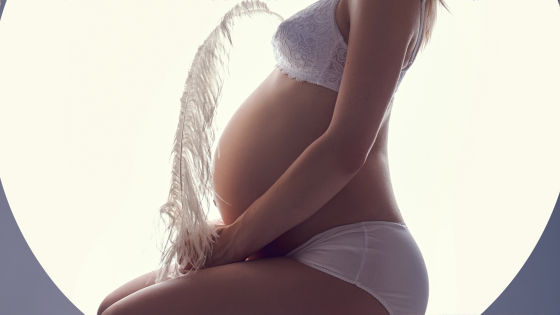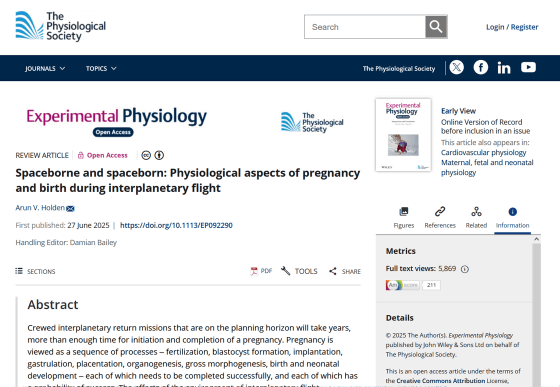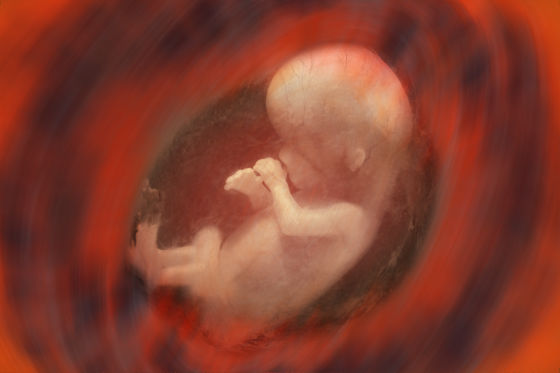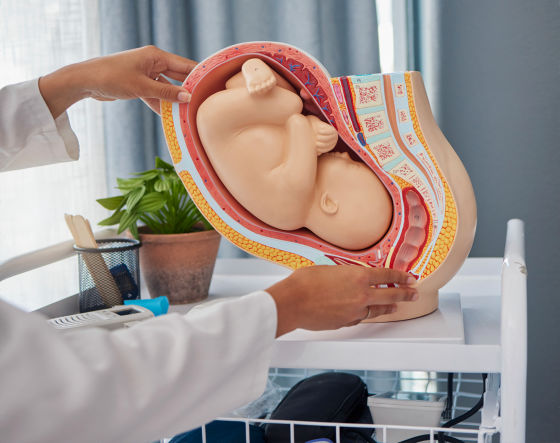What are the risks of pregnancy and childbirth in space?

As manned Mars missions become more realistic, concerns are growing about the effects of space travel on the human body, including the risks of pregnancy and childbirth in space.
Spaceborne and spaceborn: Physiological aspects of pregnancy and birth during interplanetary flight - Holden - Experimental Physiology - Wiley Online Library
https://physoc.onlinelibrary.wiley.com/doi/10.1113/EP092290

Floating babies, cosmic radiation and zero-gravity birth: what space pregnancy might actually involve
https://theconversation.com/floating-babies-cosmic-radiation-and-zero-gravity-birth-what-space-pregnancy-might-actually-involve-261142
Before even considering the question of whether pregnancy and childbirth are possible in space, Holden points out that two-thirds of fertilized eggs don't make it to term . Even if a fertilized egg is created after sexual intercourse, it may not develop properly or may not be able to implant properly in the uterine wall, resulting in miscarriage within a few weeks of fertilization, before the woman even realizes she's pregnant.
Although the microgravity experienced during spaceflight may make conception more difficult, it is not thought to pose much of a problem for the pregnancy to continue once the fertilized egg has implanted. This is because the developing fetus is originally suspended in amniotic fluid in the uterus, growing in an environment similar to that of microgravity.

But gravity is only part of the story. Holden believes the biggest threat to pregnancy is
When cosmic rays pass through the human body and strike atoms, they can shatter protons and neutrons, leaving behind different elements and isotopes, which can cause very localized damage. They can also strike DNA, which is thought to cause mutations and increase the risk of cancer , and even if cells survive, they can trigger an inflammatory response.
During the first few weeks of pregnancy, embryonic cells rapidly divide and migrate to form the tissues and structures of the body, so the embryo must survive properly throughout this period in order to continue development. Holden warns that exposure to high-energy cosmic rays at this stage could be fatal to the fetus. However, the fetus is very small in the early stages of pregnancy, so the chances of being directly hit by cosmic rays are not that high. Holden believes that if a woman is directly hit by cosmic rays, there is a high chance that she will miscarry without even realizing it.

By the end of the first trimester, once the placental circulation connecting the fetus and the mother is formed through the placenta, the fetus and uterus grow rapidly. This increases the volume, and cosmic rays can hit the uterine muscles, causing uterine contractions and increasing the risk of premature birth. Although neonatal intensive care techniques have improved dramatically, the earlier birth, especially in space, the greater the risk of complications.
Furthermore, birth is not the end of the story. Babies born in space continue to develop in microgravity. This can impair the postural reflexes and coordination needed for babies to hold their heads up, sit, crawl, and eventually walk. These are all gravity-dependent actions, and if babies don't know what 'up' and 'down' are, there's a risk they'll develop in completely different ways.
Of course, the risks from cosmic rays never go away. A baby's brain continues to develop after birth, and long-term exposure to cosmic rays can cause permanent brain damage, affecting cognition, memory, behavior, and long-term health.
While Holden noted that it's theoretically possible for a baby to be born in space, he said, 'Until we can protect the embryo from cosmic rays, prevent premature birth, and ensure that the baby can develop safely in microgravity, space pregnancy remains a high-risk experiment. We're not yet ready for that challenge.'
in Science, Posted by log1h_ik